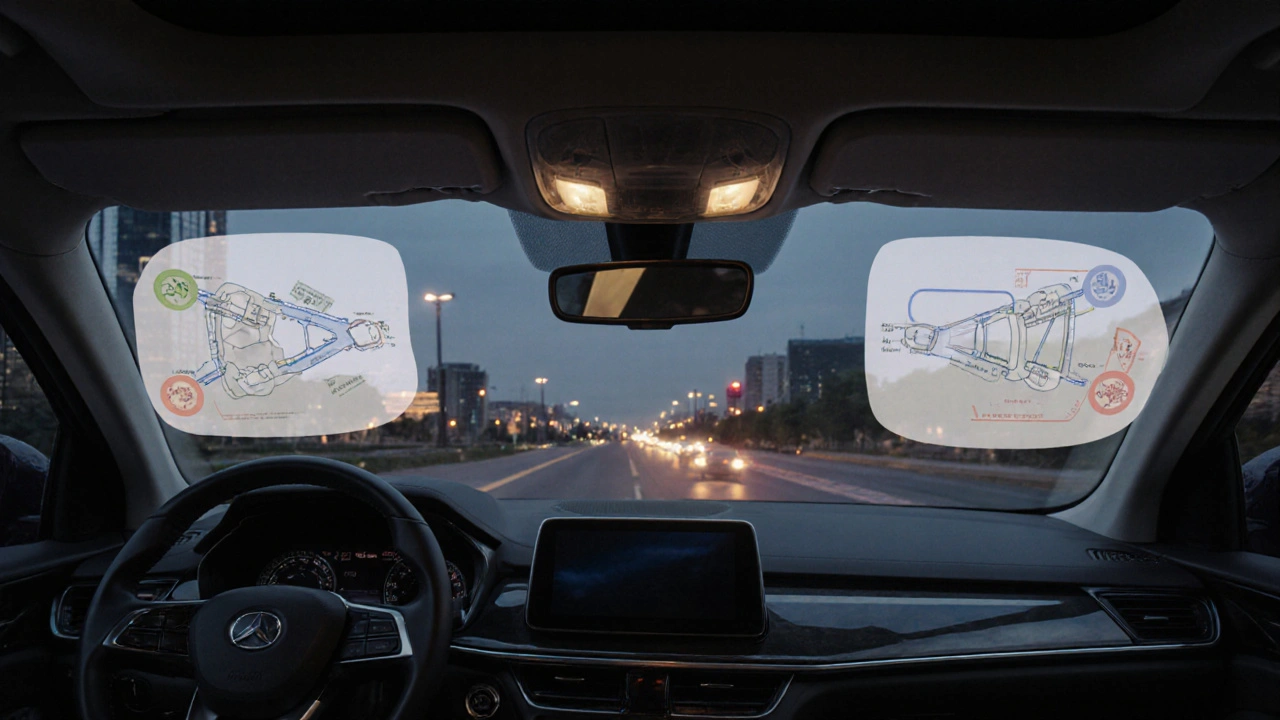Vehicle Safety Systems
When thinking about vehicle safety systems, the collection of technologies that protect occupants and help prevent crashes. Also known as car safety features, they blend mechanical parts and electronic controls to keep you safe on the road. Key elements include airbags, inflatable cushions that deploy during an impact to cushion the body, anti-lock braking system (ABS), a hydraulic system that stops wheels from locking during hard braking, preserving steering control, electronic stability control (ESC), software that detects loss of traction and applies selective braking to keep the car on its intended path, and collision avoidance sensors, radars or cameras that warn or intervene when an obstacle is detected. Together, these components form a network that reacts in milliseconds, turning potential accidents into harmless events.
How the Pieces Work Together
Vehicle safety systems are not isolated gadgets; they communicate through a central electronic control unit (ECU). For example, the ABS module shares wheel‑speed data with the ESC system, allowing both to coordinate braking force in a corner. When a sensor spots an imminent front‑end collision, the ECU can trigger the airbags while simultaneously applying ESC to steer the car away. This synergy means a single sensor can influence multiple safety actions, increasing overall protection without adding extra driver effort.
Drivers benefit from two main outcomes: reduced injury risk and easier vehicle control. Airbags absorb impact energy, decreasing forces on the head and torso. ABS and ESC keep the tires gripping the road, so you stay in command when you need to brake hard or avoid a sudden obstacle. Collision avoidance sensors add a layer of foresight, giving you visual or audible warnings before a crash can happen. The interplay of these systems creates a safety net that works whether you’re cruising on a highway or navigating a tight city street.
Maintenance also plays a big role. A worn brake pad can compromise ABS performance, while a faulty sensor may prevent the ECU from dispatching airbag deployment signals. Regular inspections of brake fluid, sensor wiring, and ECU diagnostics keep the network running smoothly. Many of our articles below break down how to spot early signs of trouble, what service intervals to follow, and DIY steps for simple checks.
Below you’ll find a curated collection of posts that dive deeper into each of these technologies, show you how they affect overall vehicle reliability, and give practical tips for keeping them in top shape. Whether you’re looking for a quick checklist before a road trip or a detailed guide on how ESC interacts with your braking system, the articles ahead will give you the insight you need to stay safe and confident behind the wheel.

Must‑Have Safety Features in Modern Cars
- 10 Comments
- Oct, 13 2025
Discover the most important safety features in modern cars, from airbags to advanced driver assistance systems, and learn how to choose the right package for your needs.




